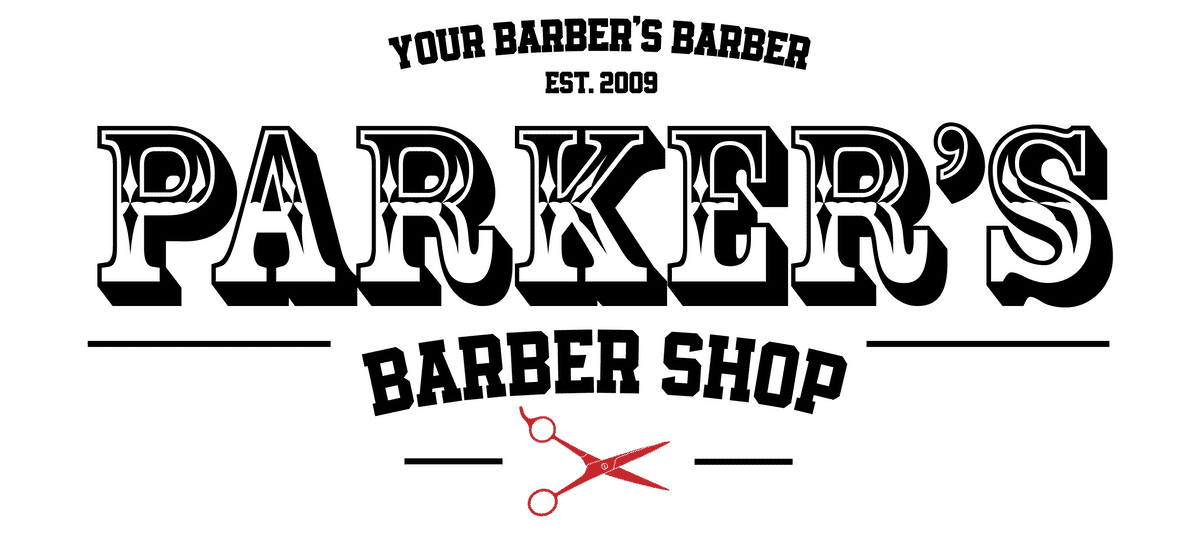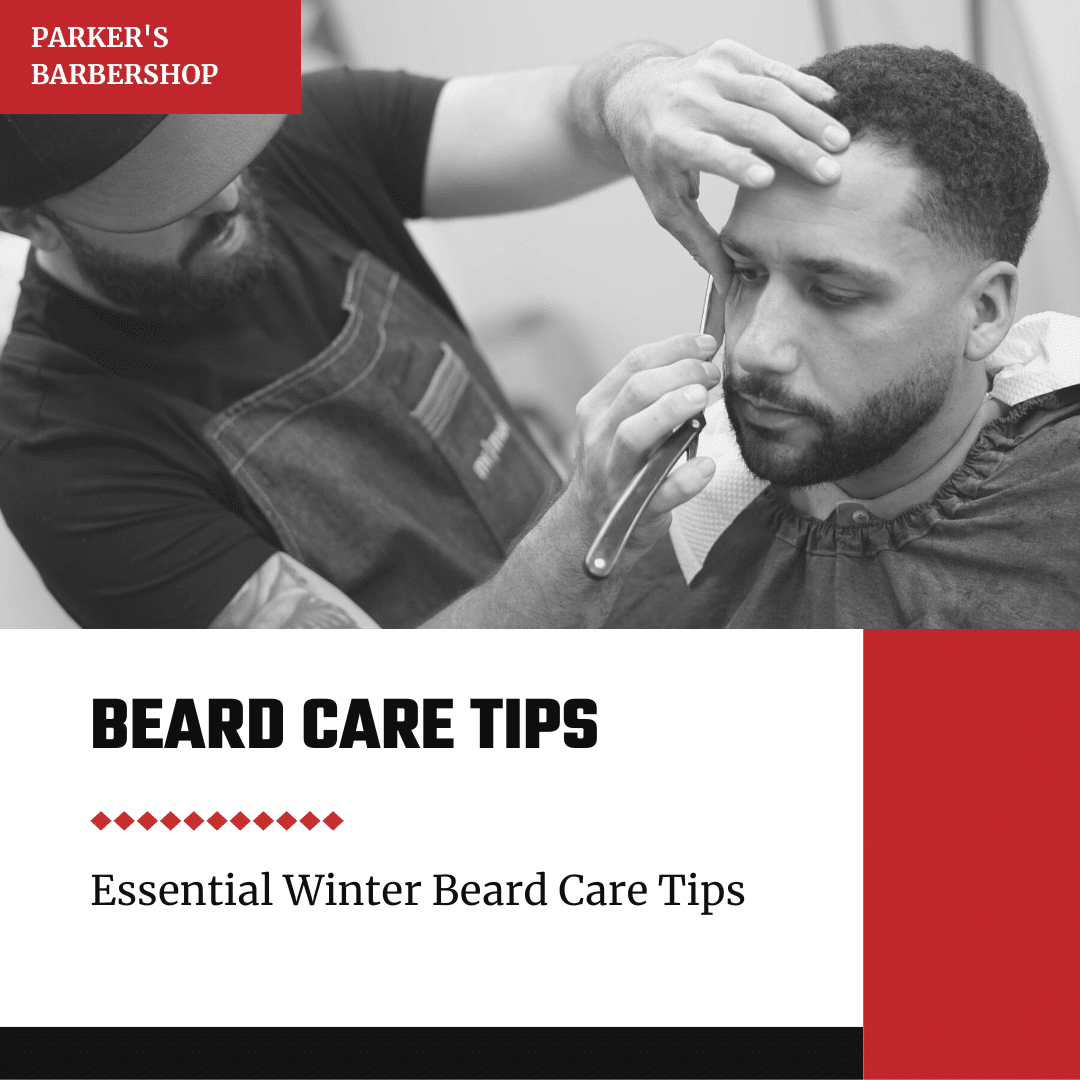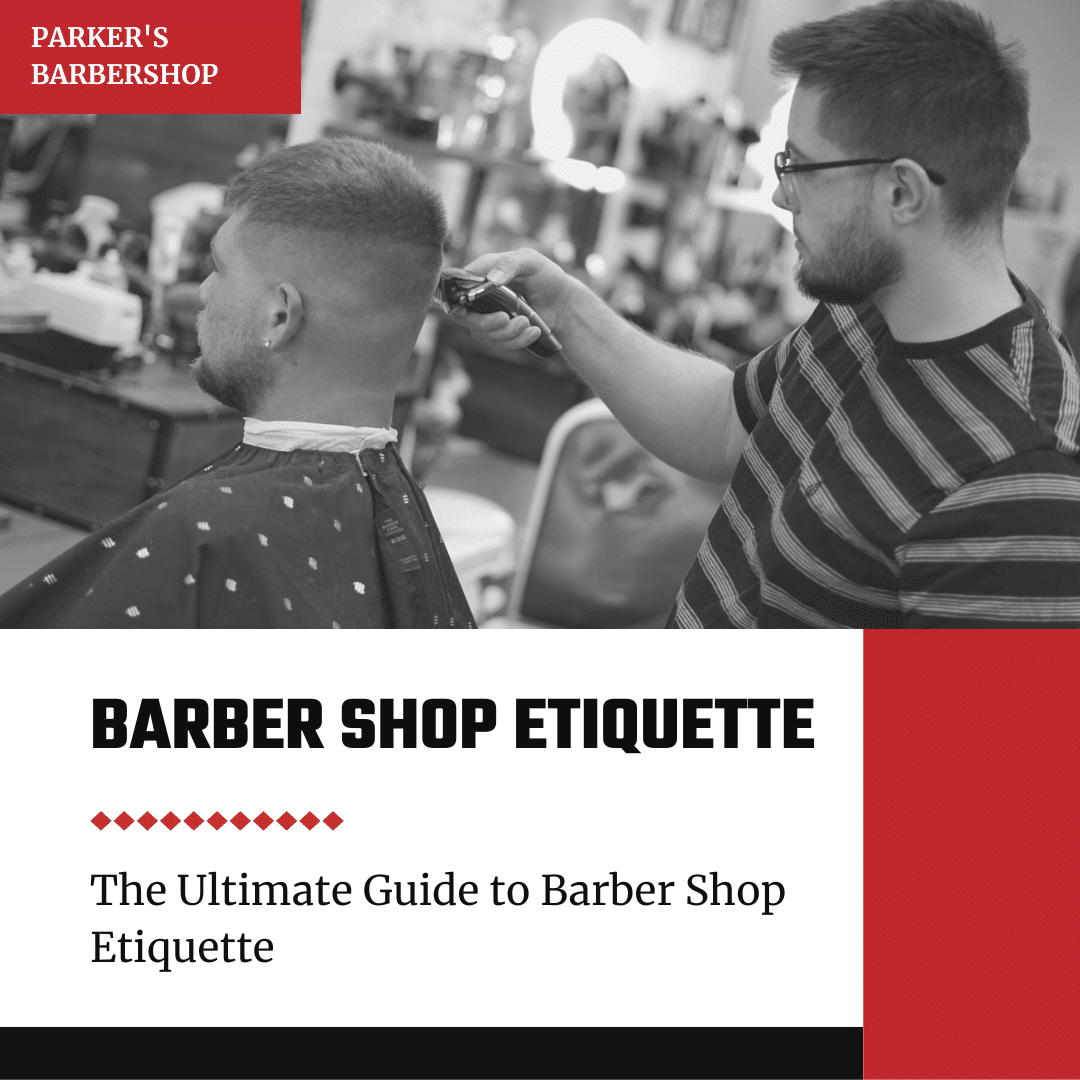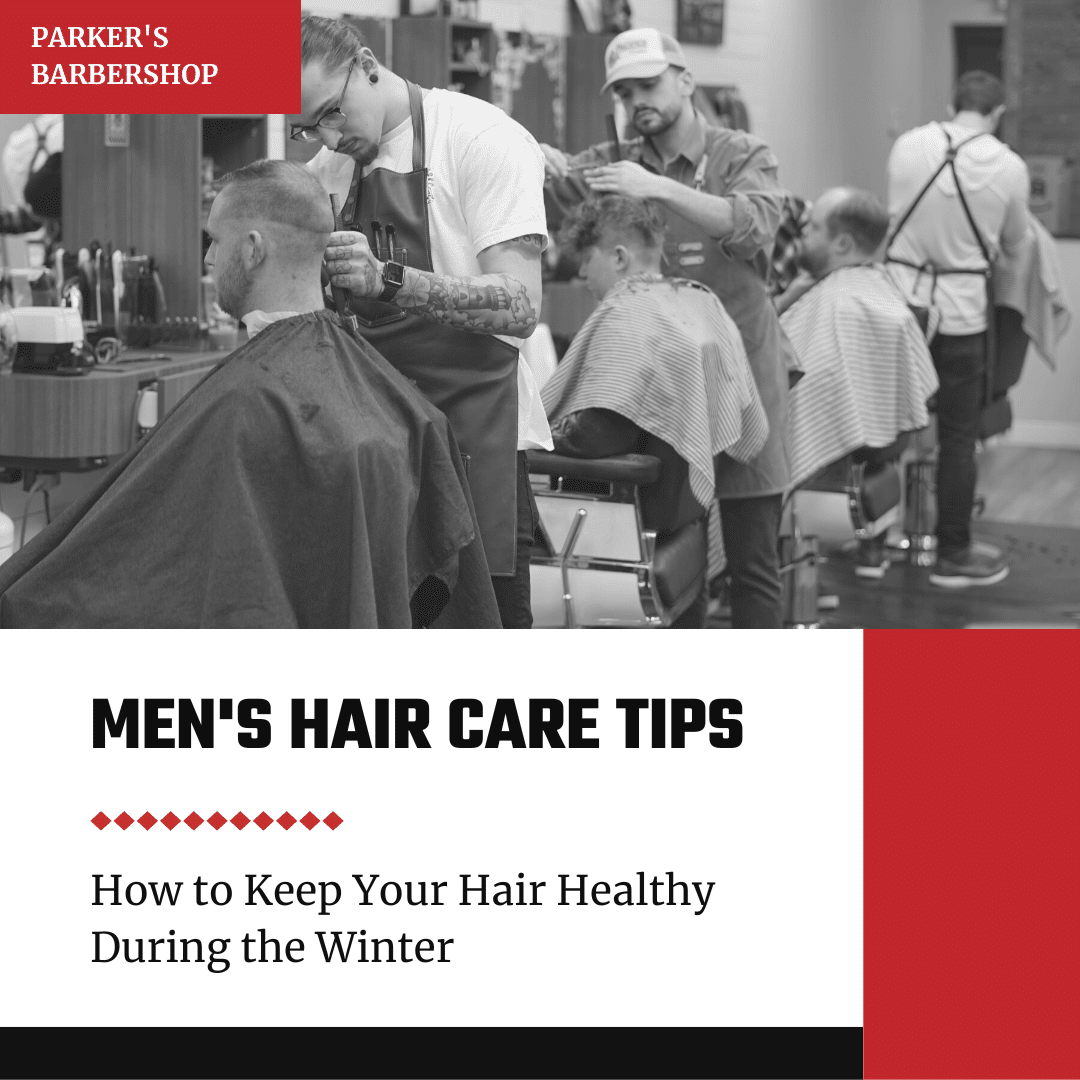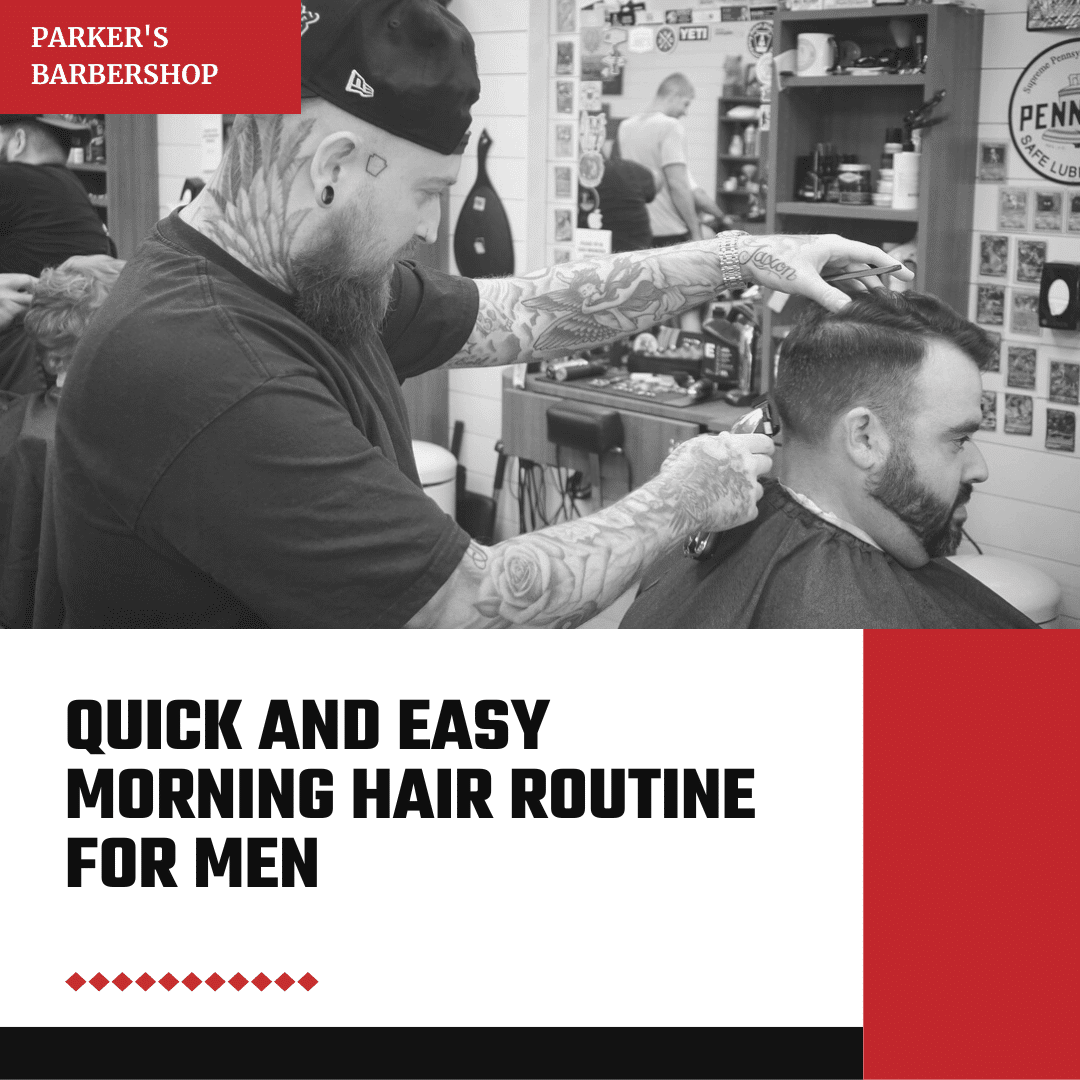Beards have become a popular trend in recent years, and with that comes the need for proper grooming and maintenance. Two essential products in any beardsman’s arsenal are beard oil and beard balm. While they serve similar purposes, there are key differences between the two. In this comprehensive guide, we’ll break down everything you need to know about beard oil and beard balm, including their benefits, ingredients, and how to choose the right one for your needs. So, whether you’re a seasoned beardsman or just starting your facial hair journey, read on to discover the differences between beard oil and beard balm.
Understanding Beard Oil
Beard oil has been a staple in beard care for centuries, dating back to the ancient civilizations. It is an oil-based moisturizer that is designed to hydrate, nourish, and soften your beard. The primary ingredients in beard oil are carrier oils and essential oils.
The Role of Carrier Oils
Carrier oils are the backbone of beard oil, providing the base and most of the conditioning properties. These oils are derived from various sources, including plants and nuts. Some popular carrier oils used in beard oil formulations include jojoba oil, almond oil, coconut oil, and argan oil.
Jojoba oil is a versatile and lightweight carrier oil that closely resembles the natural sebum produced by the skin. It is easily absorbed, making it an excellent choice for beard oils. Almond oil is rich in vitamins and minerals that promote healthy hair growth and moisturize the skin. Coconut oil has antimicrobial properties and helps to reduce beard dandruff. Argan oil is packed with antioxidants and fatty acids that nourish and protect the beard.
The Power of Essential Oils
Essential oils are concentrated extracts derived from plants, flowers, and herbs. They add fragrance to beard oil and provide additional benefits such as soothing the skin, promoting hair growth, and even repelling insects. Some popular essential oils used in beard oils include cedarwood, sandalwood, peppermint, and lavender.
Cedarwood essential oil has a warm, woodsy scent and is known for its calming properties. Sandalwood essential oil has a rich, earthy aroma and is prized for its moisturizing and anti-inflammatory effects. Peppermint essential oil provides a refreshing and invigorating scent while promoting hair growth. Lavender essential oil has a floral and relaxing aroma and is often used for its soothing properties.
How to Use Beard Oil
Using beard oil is a straightforward process. Here’s a step-by-step guide to help you get the most out of your beard oil:
- Cleanse your beard: Start by washing your beard with a beard-specific shampoo or a gentle cleanser. This will remove any dirt, grime, or product buildup.
- Dry your beard: Pat your beard dry with a towel, ensuring that it is damp but not soaking wet. Excess water can prevent the oil from being absorbed properly.
- Dispense a few drops of beard oil: Place a small amount of beard oil (about 2-3 drops for shorter beards and 4-6 drops for longer beards) into the palm of your hand. Remember, a little goes a long way.
- Rub your hands together: Rub your hands together to distribute the oil evenly and warm it up. This will make it easier to apply to your beard.
- Apply to your beard: Gently massage the oil into your beard, starting from the roots and working your way to the tips. Make sure to cover the entire beard, including the mustache.
- Comb or brush your beard: Use a beard comb or brush to distribute the oil evenly and style your beard as desired. This will help to ensure that the oil is evenly distributed and reaches the skin beneath the beard.
- Enjoy a softer, healthier beard: With regular use, beard oil will keep your facial hair moisturized, soft, and manageable, while also nourishing the skin underneath.
Decoding Beard Balm
While beard oil reigns supreme in the world of beard care, beard balm offers a different set of benefits. It is a styling and conditioning product that provides hold, tames unruly hairs, and adds texture to your beard. The main ingredients in beard balm are carrier oils, essential oils, beeswax, and butters.
The Role of Carrier Oils and Essential Oils
Similar to beard oil, carrier oils and essential oils play a crucial role in beard balm formulations. They provide nourishment, fragrance, and additional benefits for both the beard and the skin.
The Magic of Beeswax and Butters
The unique aspect of beard balm is the inclusion of beeswax and butters, which give it a thicker consistency compared to beard oil. Beeswax acts as a natural styling agent, providing a light to medium hold that helps to shape and tame the beard. It also helps to seal in moisture, protecting the beard from environmental damage.
Butters, such as shea butter and cocoa butter, are rich in vitamins and fatty acids that deeply moisturize and condition the beard. They add a layer of hydration and softness, making the beard more manageable and giving it a healthy shine.
How to Use Beard Balm
Using beard balm is similar to using beard oil, with a few additional steps to style and shape your beard. Here’s a step-by-step guide:
- Cleanse and dry your beard: Start by washing your beard with a beard shampoo or a gentle cleanser. Pat your beard dry with a towel until it is damp but not dripping wet.
- Dispense a small amount of beard balm: Scrape a dime-sized amount of beard balm from the tin using the back of your thumbnail. Remember, a little goes a long way, and you can always add more if needed.
- Warm the balm: Rub the balm between your palms until it melts and becomes more pliable. This will make it easier to apply to your beard.
- Apply to your beard: Gently massage the balm into your beard, starting from the roots and working your way to the tips. Focus on areas where you need more hold or want to shape your beard.
- Style your beard: Use a beard comb or brush to distribute the balm evenly and shape your beard. You can experiment with different styles, such as a sleek and groomed look or a more natural and textured appearance.
- Enjoy a well-groomed beard: Beard balm will provide hold, control unruly hairs, and add texture to your beard, giving you a polished and well-groomed look.
Choosing Between Beard Oil and Beard Balm
Now that you understand the differences between beard oil and beard balm, how do you decide which one is right for you? The choice ultimately depends on your individual needs and preferences. Here are a few factors to consider:
Beard Length and Thickness
Beard oil is ideal for all beard lengths and thicknesses. It is particularly beneficial for shorter beards, as it moisturizes the skin and softens the hair, reducing itchiness and irritation during the early stages of growth. If you have a shorter beard or stubble, beard oil may be sufficient to keep your facial hair healthy and well-conditioned.
On the other hand, beard balm is more suitable for medium to long beards. As the beard grows longer, it becomes harder for the skin’s natural sebum to reach the ends of the hair, leading to dryness and brittleness. Beard balm provides long-lasting hydration and hold, making it a great choice for longer beards that need more styling and control.
Styling and Hold
Beard balm offers the advantage of styling and hold, making it ideal for shaping your beard and taming unruly hairs. If you prefer a well-groomed and structured beard, beard balm is the way to go. It allows you to achieve a more polished and controlled look, perfect for special occasions or when you want to make a statement with your facial hair.
Beard oil, on the other hand, is primarily focused on moisturizing and conditioning the beard. It does not provide much hold, making it more suitable for those who prefer a more natural and relaxed appearance. If you value softness, manageability, and a healthy shine, beard oil is the product for you.
Skin and Beard Health
Both beard oil and beard balm contribute to the overall health of your skin and beard. Beard oil moisturizes the skin, preventing dryness, flakiness, and beard dandruff. It also nourishes the hair follicles, promoting healthy hair growth. If you have sensitive skin or are prone to beardruff, beard oil can help alleviate these issues.
Beard balm, with its thicker consistency, provides extra hydration and protection against environmental stressors. The beeswax in beard balm acts as a natural barrier, shielding the beard from pollutants and locking in moisture. If you live in a harsh climate or have a particularly dry beard, beard balm can provide an added layer of protection and hydration.
Personal Preference
Ultimately, the choice between beard oil and beard balm comes down to personal preference. Some men prefer the lightweight and non-greasy feel of beard oil, while others enjoy the added hold and styling capabilities of beard balm. You can even experiment with using both products together to get the best of both worlds. Applying beard oil first and then layering beard balm on top can provide hydration, conditioning, and hold in one go.
Conclusion
Beard oil and beard balm are essential tools in any beardsman’s grooming routine. While beard oil focuses on moisturizing and conditioning the beard, beard balm offers hold, control, and styling capabilities. Choosing the right product depends on factors such as beard length, styling preferences, and individual needs. Whether you opt for beard oil, beard balm, or a combination of both, regular use of these products will keep your beard healthy, soft, and well-groomed. So, experiment with different products, scents, and techniques to find the perfect beard care routine that suits you. Embrace your beard, and enjoy the journey to a well-maintained and distinguished facial hair style.
